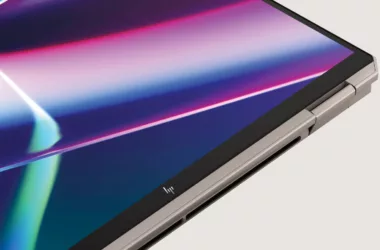While the major telcos in Australia all offer a digital SIM you don’t need to eject, the little ones less so. But that appears to be changing.
The next time you buy a new phone, switching out the SIM card from the old model and throwing it into a new one could be made all the more easier by your telco and your new phone. That’s definitely the case if your phone supports the electronic version of a SIM card, also known as an eSIM, with more Aussie telcos possibly getting support in the coming weeks.
Think of an eSIM as exactly what it sounds like it would be: a SIM card in an electronic capacity. Much like how you might get a boarding pass sent directly to your phone instead of printed out, an eSIM is an electronic edition of a SIM card for your phone to connect to the network.
You can find the eSIM supporting tech in numerous phones from the past five years, and there’s a pretty solid chance that a phone you might be considering next will support the technology, as well.
However, it’s not just about the phone, as your telco has to support the technology, as well. While the SIM card is electronic, to receive it, your telco needs to support the ability to issue the SIM, and that’s something only the majors — Telstra, Vodafone, and Optus — have offered up until recently.
Optus appears to be changing that, though, with the telco noting this week that the virtual operators that use its network can now work with Optus to make eSIMs available quickly for customers.
For Optus, Mobile Virtual Network Operators (also known as MVNOs) include the likes of Amaysim, Aussie Broadband, Circles.Life, Coles, Moose, and Spintel, to name a few, and while not everyone has signed up to support eSIM just yet, Optus says they can all go and do from that this week. It’s a move similar to what Telstra did last year, switching on eSIM for its MVNOs at the time.
While eSIM offers a way to get your SIM delivered digitally, the other potential benefit is phones with eSIM can work as a dual SIM device, using a physical SIM for one network and an eSIM for another. It’s something the iPhone has supported for some time, going back as far as the iPhone XS Max and iPhone XR, not to mention the current range.
If you’re presently with a network with eSIM support, it means you can partake, though if you use an MVNO using Optus, you might want to check with them first before you throw out that physical SIM card.






